Planting season is in full swing here at Floret and at flower farms and gardens across the country. It always feel like a full-speed sprint to get all of our little baby plants into the field in between spring rain showers. There never seem to be enough hours in the day or enough hands to help, but every year we always somehow get it done and squeeze more plants in than we ever thought possible.
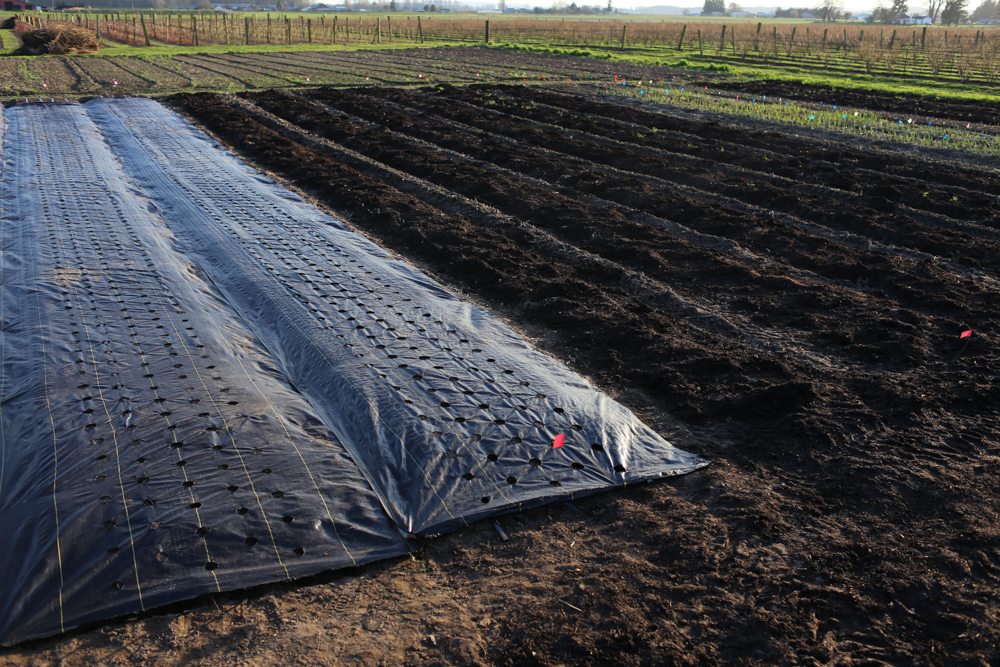 For most of the tender annual flowers that we grow here at Floret, we start seeds in plug trays in our greenhouse. Once the plants are big enough and all chance of frost has passed, we transplant the flowers into our field beds that have heavy landscape fabric weed barrier and irrigation (underneath the fabric) in place.
For most of the tender annual flowers that we grow here at Floret, we start seeds in plug trays in our greenhouse. Once the plants are big enough and all chance of frost has passed, we transplant the flowers into our field beds that have heavy landscape fabric weed barrier and irrigation (underneath the fabric) in place.
If you don’t have a greenhouse or are out of room to start more trays, no worries. There are so many wonderful, and easy-to-grow flowers, that do great when you sow the seeds directly in the soil. Here are a few quick tips to help you get started, plus five easy-to-grow flowers that do well when direct-seeded.
When direct sowing seeds, be sure to choose a site in your garden that will receive full sun. Prepare the bed by thoroughly removing all weeds and amending the soil with compost. Remove any big clumps or debris and then rake the bed smooth.
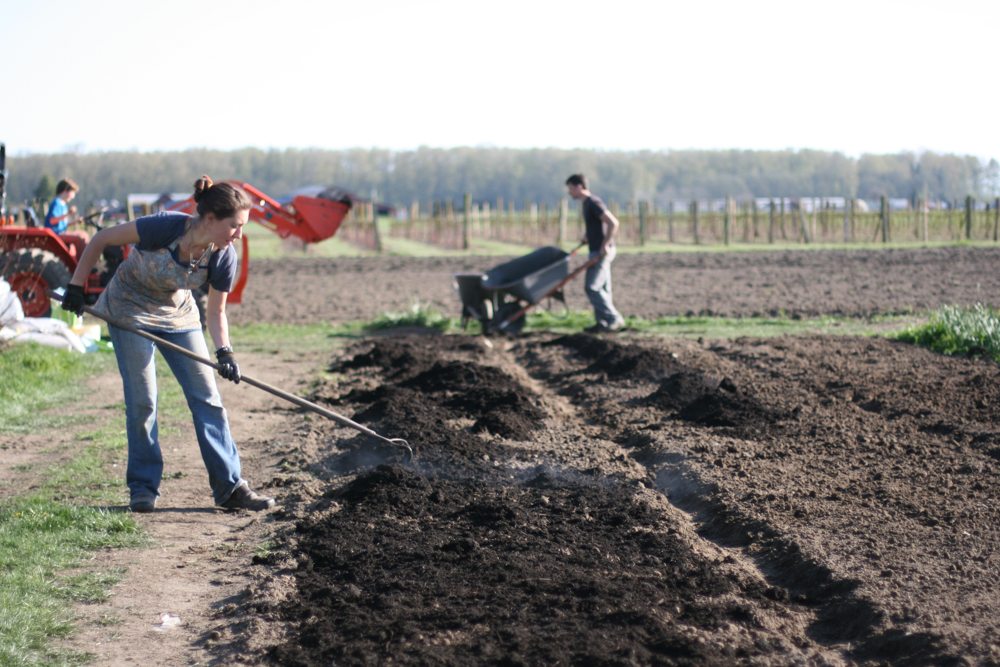 For most varieties, I sow 4 rows per bed, with 9-12 inches between each row. Chris and I will then string twine between posts anchored at either end of the beds to help guide us and keep our rows semi-straight, which also helps with weeding. (Keeping on top of the weeds is always our biggest challenge for our beds where we direct seeded flowers).
For most varieties, I sow 4 rows per bed, with 9-12 inches between each row. Chris and I will then string twine between posts anchored at either end of the beds to help guide us and keep our rows semi-straight, which also helps with weeding. (Keeping on top of the weeds is always our biggest challenge for our beds where we direct seeded flowers).
If you are working in a small plot where long rows aren’t feasible, just make sure you mark the area where you plant so you can easily find the babies once they germinate. I sow seeds fairly heavily, preferring to thin the row of excess plants, rather than waste valuable bed space if I run into uneven germination. Plus, I am always trying to push the limits of plant spacing, so I can get the maximum amount of blooms out of our tiny two-acre plot.
Some seeds need to be completely covered with soil, while others do best sown lightly on the surface. A general rule of thumb is that seeds should be planted at a depth that is 1.5 – 2 times the size of the seed. So, the larger the seed, the deeper it must be planted. Most seed packets will provide instructions on planting depth. Once in the ground, be sure to tamp down on the soil gently after covering the seed and lightly water.
The following flowers are heat-lovers, so they do best when direct seeded after the soil has had a chance to warm up in the spring. For beginners, it is important to remember to wait until all chance of frost has passed before sowing seeds for these particular “tender” annuals. If your area had a mild winter, it can be easy to get sucked into planting too early, only to get surprised by a late season frost that will kill your plants, if not protected. Here in Washington our last spring frost is normally in late April and we set out tender plants around mid May. If you are a beginner and not sure when your “frost free” date is, check with experienced gardeners in your area, or call your local nursery.
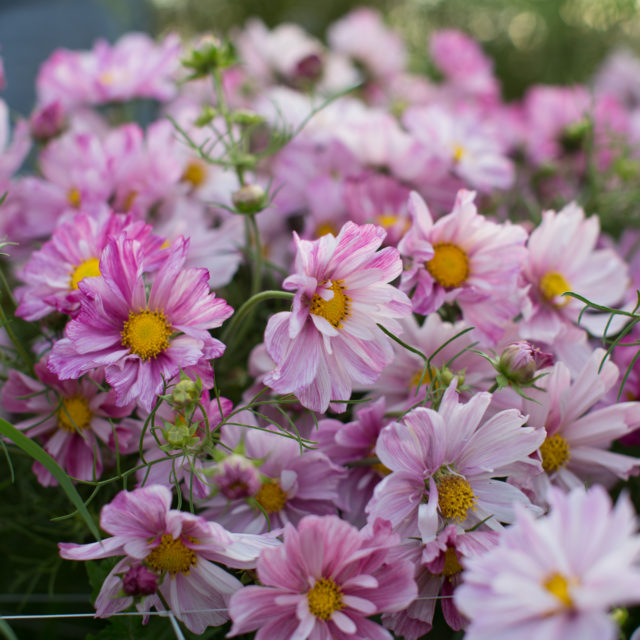
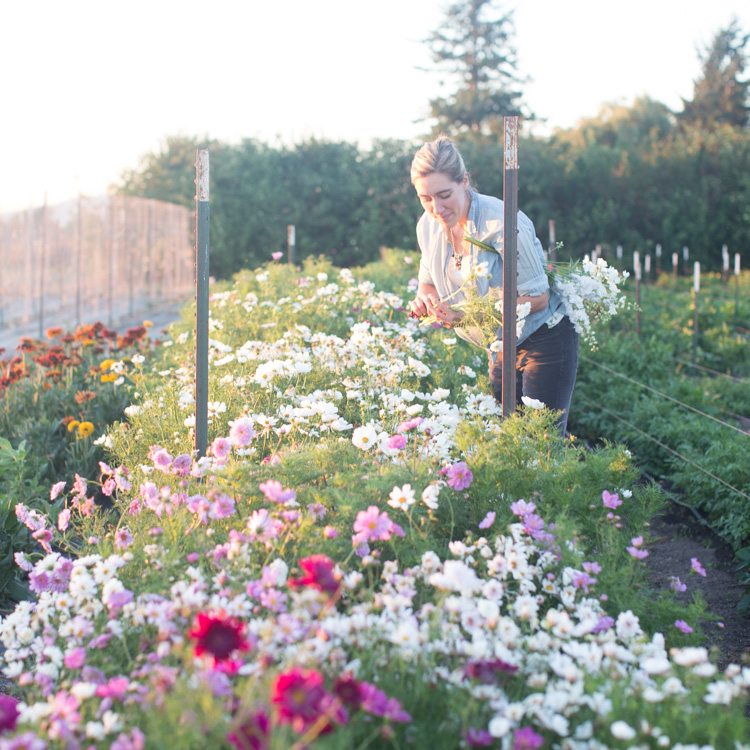 Cosmos: Few are more productive per square foot than cosmos. These bountiful, easy-to-grow flowers look great in summer bouquets. The more you cut them, the more they bloom. Some of my favorites are the fluffy blooms of double flowered cosmos, including Rosetta (pictured above) and the Seashells Mix.
Cosmos: Few are more productive per square foot than cosmos. These bountiful, easy-to-grow flowers look great in summer bouquets. The more you cut them, the more they bloom. Some of my favorites are the fluffy blooms of double flowered cosmos, including Rosetta (pictured above) and the Seashells Mix.
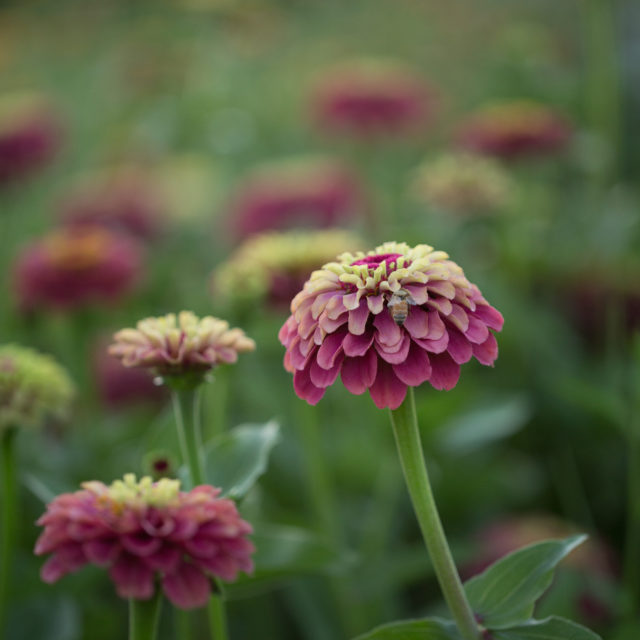
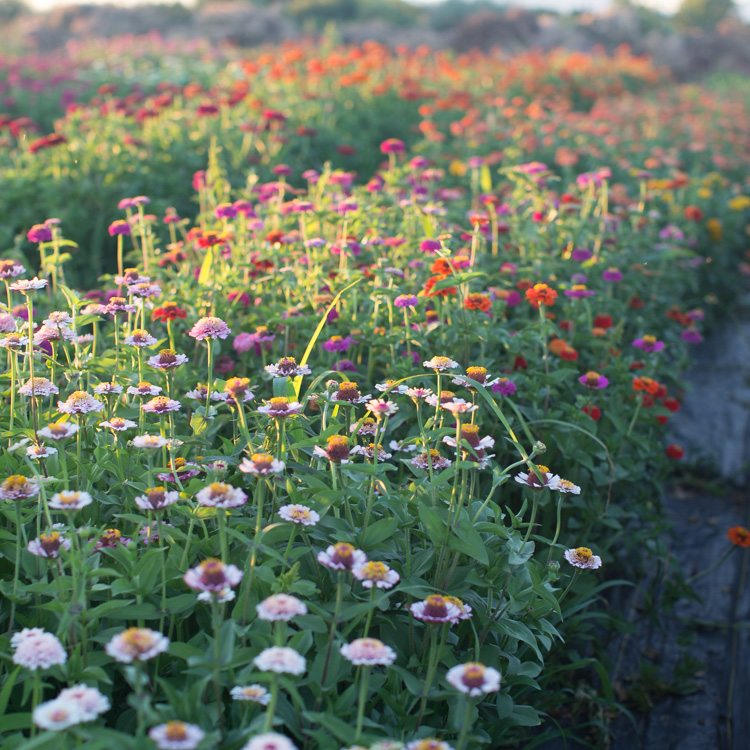 Zinnias: A cutting garden just isn’t complete without lots of zinnias. These fast-growing, easy to germinate flowers are a staple of high summer bouquets. They come in so many different colors and unique forms, from simple single flowers to more unusual quilled, crested, and pompon shapes. Heights can vary wildly, depending on the cultivar you choose. Some of my favorites are the Desert Sunset Mix, Oklahoma Salmon and Queen Red Lime.
Zinnias: A cutting garden just isn’t complete without lots of zinnias. These fast-growing, easy to germinate flowers are a staple of high summer bouquets. They come in so many different colors and unique forms, from simple single flowers to more unusual quilled, crested, and pompon shapes. Heights can vary wildly, depending on the cultivar you choose. Some of my favorites are the Desert Sunset Mix, Oklahoma Salmon and Queen Red Lime.
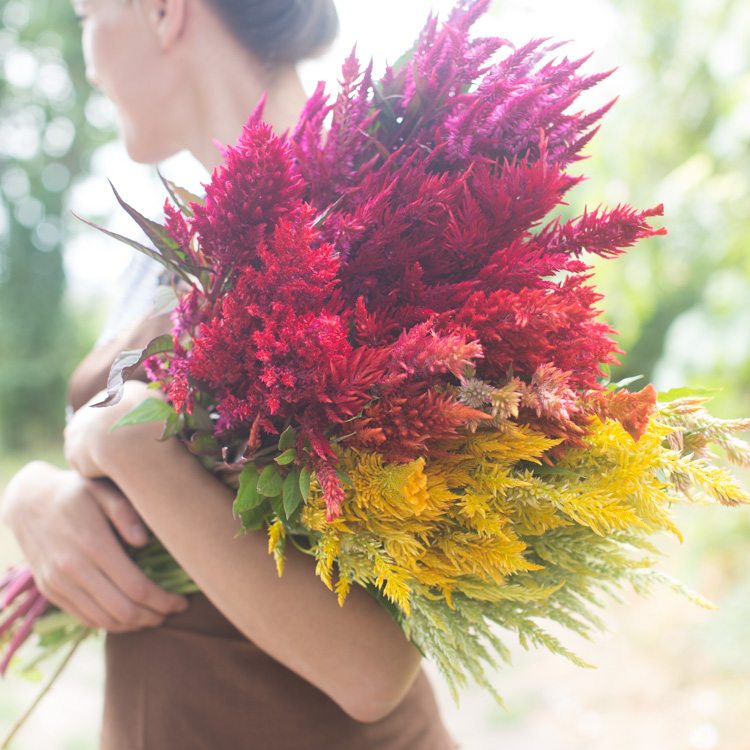
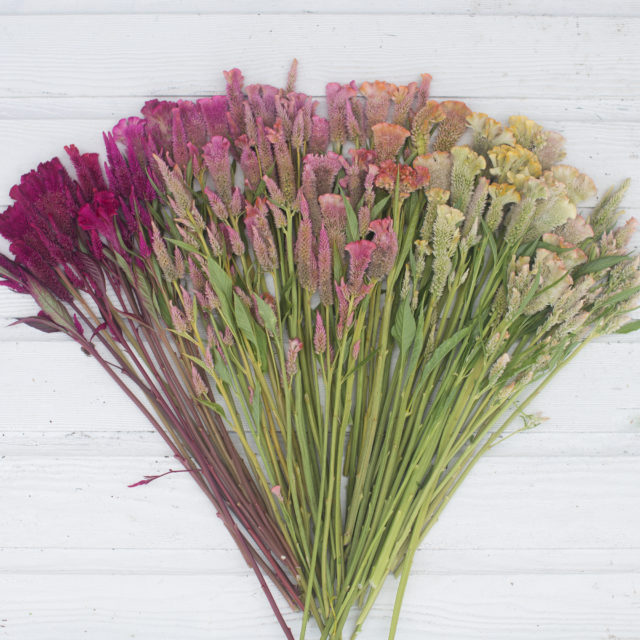
Celosia: This awesome heat-loving flower comes in so many fun forms (wheat, plume, crested, etc.) and colors, that I always have trouble narrowing down my list of which ones to grow and I have the tendency to go waaaaay overboard and try every last kind I can get my hands on (like the year I grew 50+ different celosias). Because of our cool climate, we generally start our seed in our greenhouse but celosia can be easily direct seeded in warmer climates, as they germinate and grow relatively quickly. They can also self-seed like mad! If you are looking for a fun little addition to your cutting garden, be sure to add a few of these in the mix. We grow loads of both the Supercrest and Pampas Plume Mix.
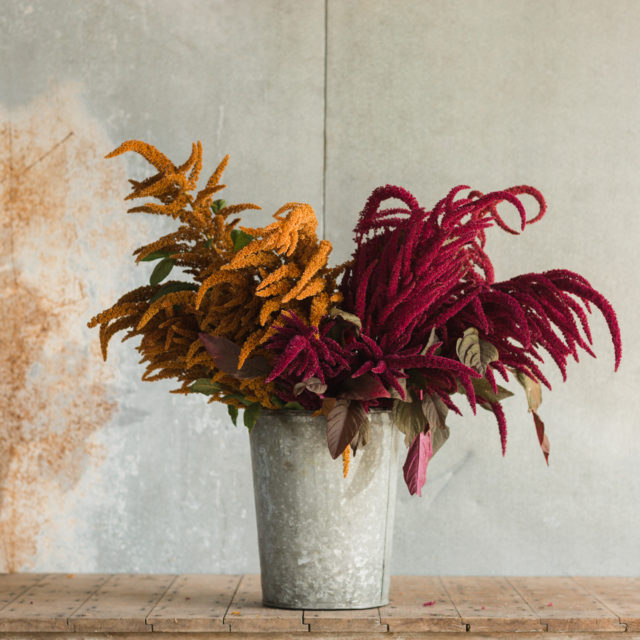
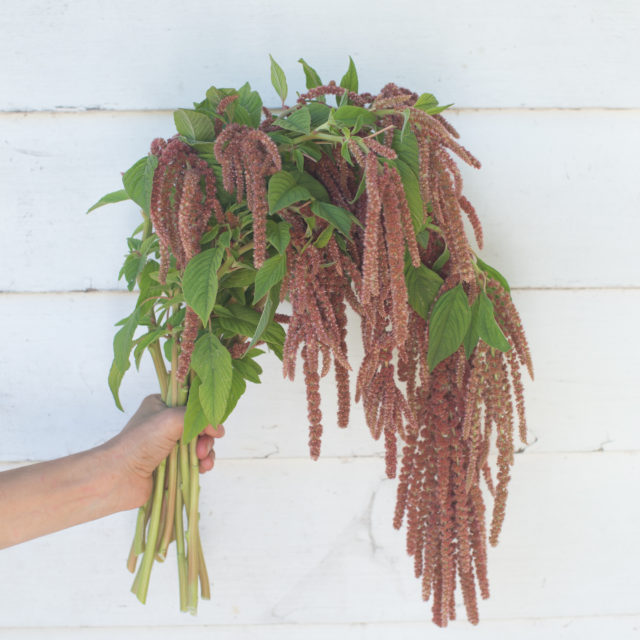
Amaranth: Another heat-loving, fast-growing flower that does well when direct seeded is Amaranth. It also comes in very different forms, from spikey, seedy plumed-types, like ‘Hot Biscuits’ and ‘Opopeo’ to the tassle-types like ‘Green Tails’ and ‘Coral Fountains’ that my kids describe as looking like dread locks.
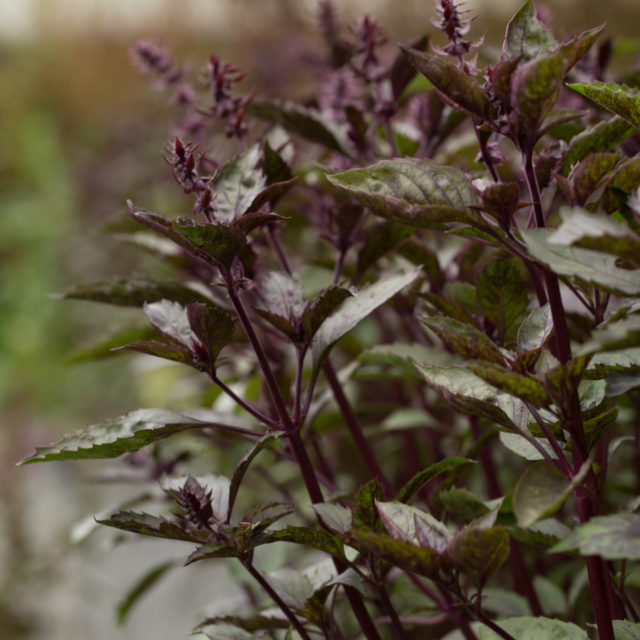
Basil: One of the most fragrant and abundant summer foliages in the cut flower garden is also a mainstay of the herb garden. ‘Oriental Breeze’ is the most stunning variety of all, sporting deep purple flowers, glossy foliage and a fantastic scent. Cinnamon, Lemon and Aramato are wonderful additions to the cut flower garden and do well when direct seeded in warmer climates.

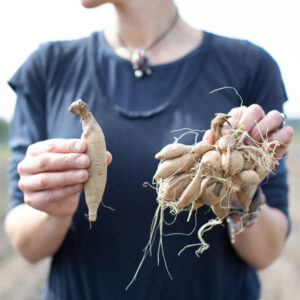

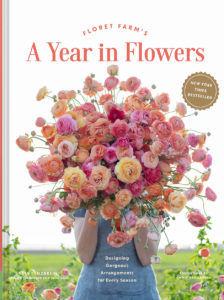
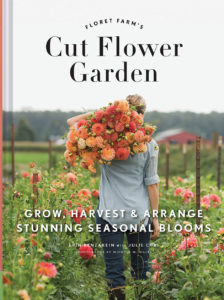


Licet on
For direct seeding these flower types, do you still suggest sowing the seeds in the preset holes using the landscape fabric?